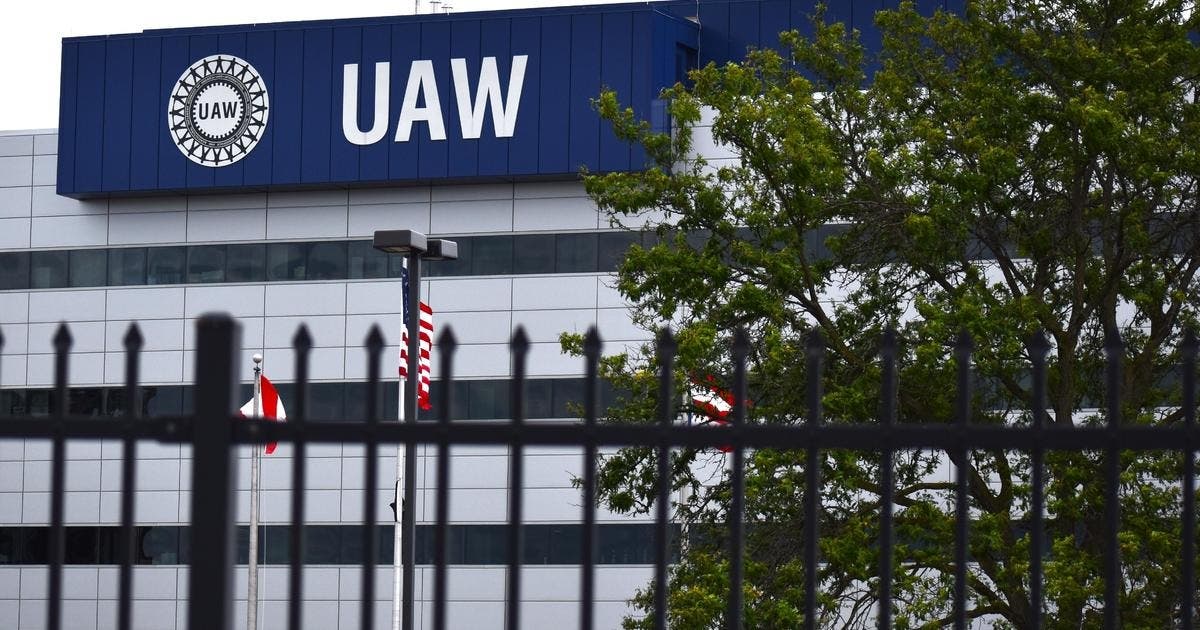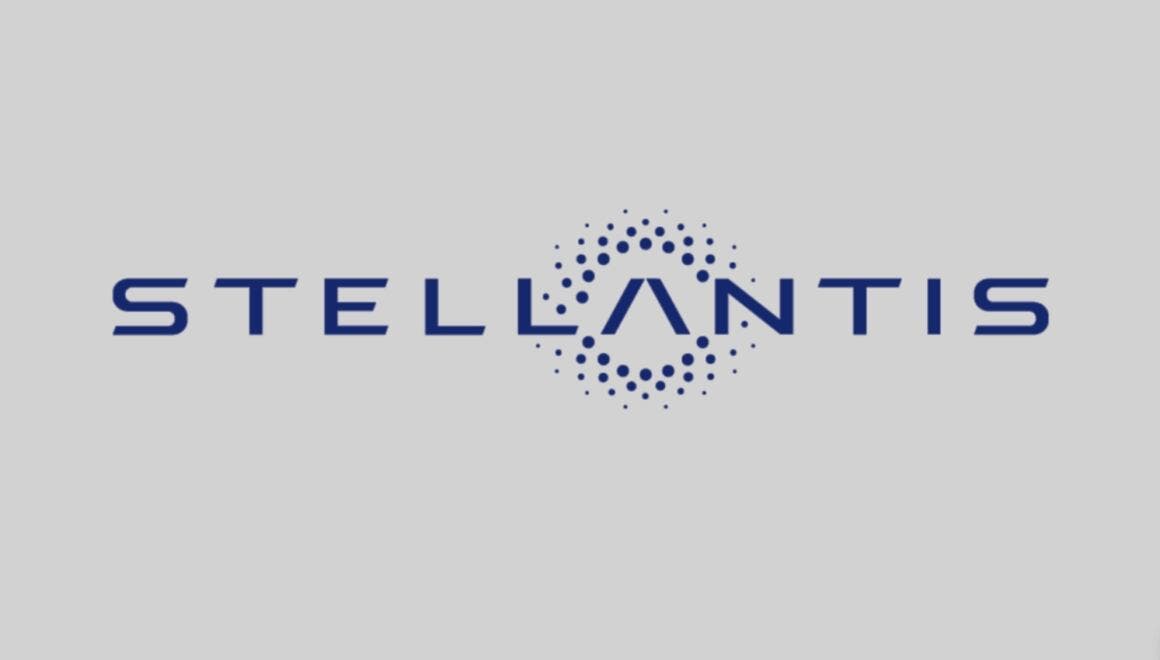A recent legal contention between Stellantis and the United Auto Workers (UAW) has turned the spotlight on deep disagreements over working conditions and the future of the auto industry in general. At the center of the dispute, we now find the UAW’s proposal to reinstate the so-called “Jobs Bank,” a system that, in the past, contributed to the bankruptcy of some of the largest U.S. automakers.
UAW proposes Jobs Bank
The Jobs Bank was introduced in the 1980s by General Motors and later adopted by Ford and Chrysler. It was a system whereby employees who were deemed “surplus” were equally retained in the workforce, with full pay and benefits, while performing no productive activity. It was a true system that prohibited Detroit automakers from laying off employees, at the cost of having to retain them at high cost. While this was initially designed to protect workers from mass layoffs, it proved over time to be a decidedly economically unsustainable method, and contributed to weakening companies’ competitiveness. So what the UAW is now proposing is to adopt this method for employees at the Belvidere plant, as well as 900 others who have moved to other locations.
Jobs Bank is a step back in time that Stellantis is unwilling to take
Stellantis has firmly rejected the UAW’s proposal, pointing out how reinstating the Jobs Bank could represent a return to the past, putting the company’s survival in an increasingly competitive and rapidly changing automotive market in serious jeopardy and risk. Indeed, the company recalled how, in the 2000s, Chrysler had come to accumulate more than 2,000 employees in the Jobs Bank, at a huge cost to the company’s coffers. Therefore, it would be too dangerous a situation, given the current precarious situation of the company.
Stellantis rejects UAW proposal but does not abandon employees
Stellantis’ decision to reject the UAW’s proposal was obviously motivated by the strong need to safeguard the future of the company and its employees at all costs. Stellantis also stressed that Belvidere’s production plans, which have long been the focus of discussions with the unions, were only delayed and never cancelled. In addition, all decisions made by the company so far are dictated solely by the need to adapt to the changing market.

Illinois employees on temporary layoffs
Although the decision will never be considered by Stellantis, the company still wanted to show that it is aware of the bad situation Belvidere employees are in. In fact, the automotive group has agreed to place Illinois employees in temporary layoffs as per the 2023 negotiations. However, this means that all those who are currently not working are still eligible to receive 74 percent of their pay, with full health benefits of their labor contracts.

When confronted with Stellantis’ refusal, their actions were again intensified by the UAW, filing numerous legal complaints and threatening strike action. Stellantis, for its part, continues to insist that any such action would be illegitimate and has initiated a series of lawsuits against the union. This latest one, for the auto group, would provide compensation for the economic damage a strike could cause.
